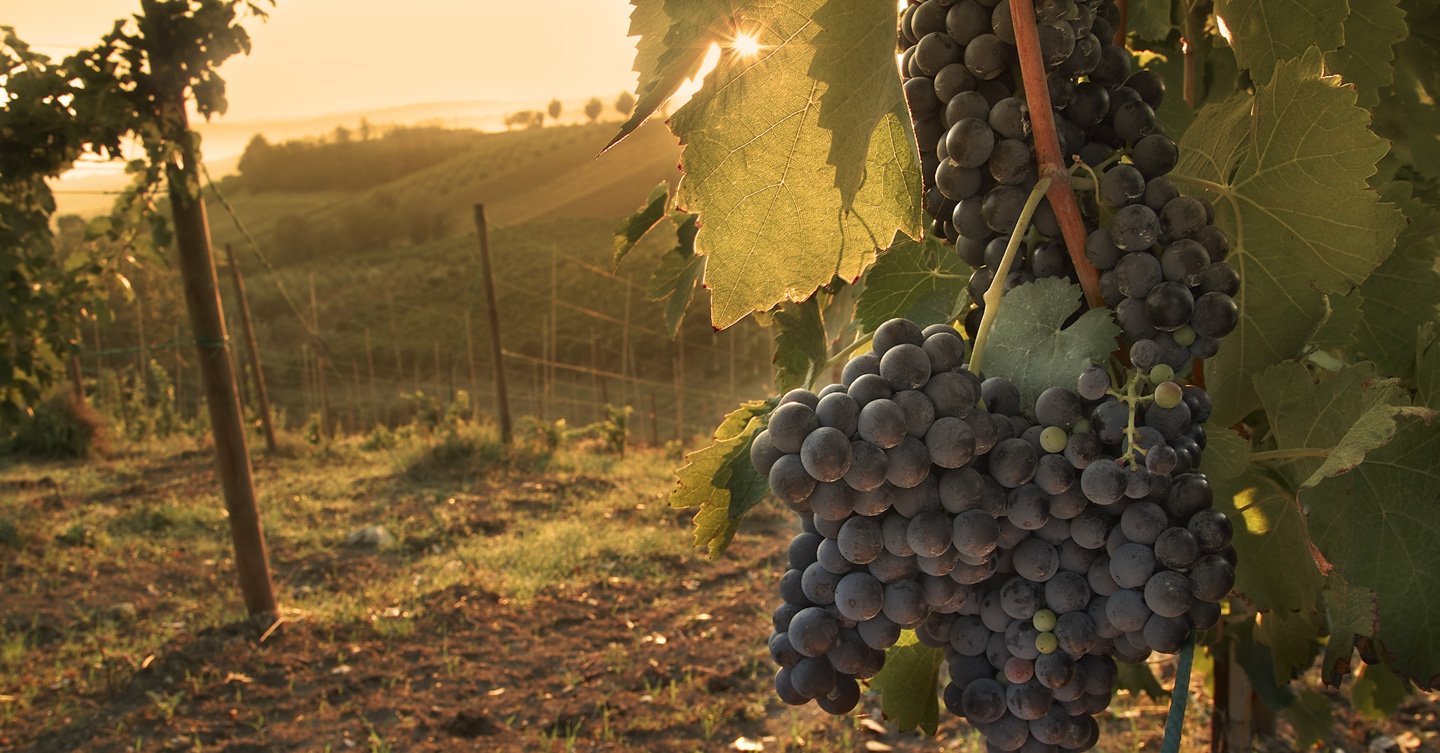
WINERY
The winery nestled in the enchanting landscape of Serra in Montefusco, in Avellino province, which is the most hilly and mountainous among the 5 districts of Campania. Set on the ridgeline which divide Sabato river valley from Calore, Its architecture has been studied to be functional to the working processes involved in it, even if, often it turns into a nice receiving facility for the annual wine events. The winery is in Montefusco not by chance but due to the presence of own estates in Santa Paolina, Montefusco, Montemiletto, Montefalcione, Lapio; neighbouring places which mark a sort of “wine route” among the 3 Irpinia’s Docg areas: Greco di Tufo, Taurasi e Fiano di Avellino. If Montefusco has a strategical position today, it is thanks to its centrality regarding the most relevant wine production areas of Campania, while, in the past its importance was political and military; it has been the Capital of Principato Ultra until 1806, when French rulers changed the administrative set up of provinces, Montefusco was considered an uncomfortable place to get to and too little for keeping its relevant political position. Its following decline damaged the economy, which started going up again only during 1970s, thanks to the recognition of DOC and DOCG in 2003 of Greco di Tufo. The South of Italy is one of the most interesting wine areas of the world. Campania, especially the sub region of Irpinia, produces wines from native varieties such as Aglianico, Fiano, Greco and Falanghina, which can compare and compete with the best in the world. Along the hills of Irpinia, surrounding the valleyes of Sabato and Calore rivers is located Terredora di Paolo estate which, thanks about 500 acres of vineyards, is now among the most prestigious producers from Southern Italy. Although not too far from the Gulf of Naples, Pompei, Amalfi and Sorrento, Irpinia is the inland of Campania region: hilly, mountainous and characterized by continental climate; this is the perfect pedo-climatic environment for producing high quality wines, tradition started by Greeks and Romans more over than 3000 years ago. In fact, Irpinia is a silent and rough area nestled in the Apennines in the heart of Campania. Its landscape is a rolling succession of mountains, hills and upland plains divided by rivers and covered with lush vegetation.

The identity of Terredora di Paolo wines is that of being a precious fruit of nature that skillful hands support”. Terredora di Paolo’s vineyards consist of volcanic soils rich in limestone and clay, and enjoy the southern exposure with an excellent microclimate, on windy hills (400-650 meters above sea level). With approximately 3,500 vines per hectare, trained with the traditional Guyot system, the annual production is around 60 hectoliter/hectare. The grapes are harvested by hand and placed in small baskets with a minimal time span between the removal of the grapes from the stem to the press. The indigenous white grapes grown are Greco, Fiano, Falanghina and the reds grapes are Aglianico and Piedirosso.




















































